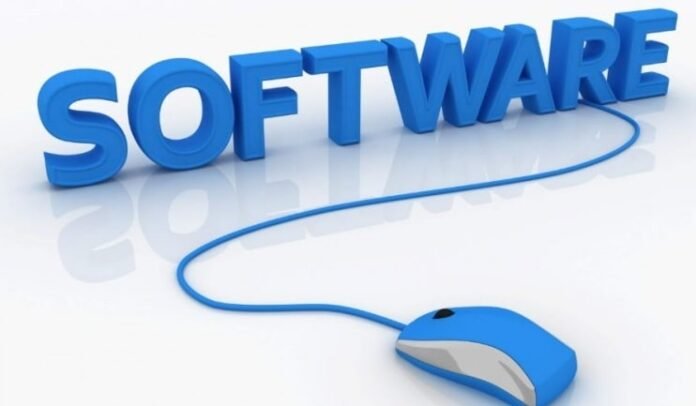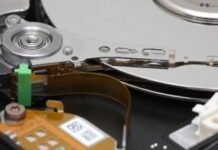Computers have a long storied history at this point. Today’s systems are a far cry from the intellectual curiosities and prototypes that existed in the 1970s. They are no longer an intellectual curiosity or an experiment, but essential machines that drive creativity and commerce. While the systems themselves have gone down in size, and have expanded in the context of accessibility. There are always things that are being depreciated and removed, as they become irrelevant. But old software exists in modern ones with the help of files like api-ms-win-crt-runtime-l1-1-0.dll.
How are these compatibilities present in a technical context?
An API component refers to an Application Programming Interface layer. This layer basically acts as an intermediary and lets two pieces of distinct software or hardware talk to each other. The pairings are not exhaustive and can be software-software, or hardware-software. Use cases can be something like letting OpenDoc files work with MS Word’s proper XML Enabled doc files in the context of a software-software case. In the context of hardware, it can be something like the DirectX Application Programming Interface, that enables software to make connections, and utilise the distinct hardware capabilities of the system. In the case of DirectX,, this enables programs and code to utilise a discrete Graphics Processing Unit, or Graphic Cards, that may be installed in the system, to decrease the processing time and increase the performance to provide a better experience for the end-user.
Importance of maintaining old codebases
While one may initially wish to delete all traces of old codebases, it is important to recognise that system-level functions, especially at the Ring 0 level, are often dependent on languages that are decades old. There are benefits to this approach, as they have the experience and undergone a lot of iteration and testing, and are reliable and foolproof to some degree. Older languages often have enough development and documentation time going in which also makes them harder to infect with viruses as they have fewer “moving parts”. All codes are usually dedicated to the basic functioning of the computer, leading to its purpose being concise, and indirectly protecting it from common viruses.
How will old code function properly?
But for this old code to function, leftover requisites have to be present in some shape or form in new and current PCs. This is where APIs help, they enable one to make changes and leverage legacy code by way of new techniques. This is where elements like Microsoft’s C runtime comes into the picture.
These enable new code to interact with the old code.
However, just having the elements to compile the old code is not enough. Just having a compiler for C and being able to write and compile code in a conducive environment is not enough to make programs function properly in this context. As a result, C runtime files are essential to ensure that a system functions smoothly, for this, files like api-ms-win-crt-runtime-l1-1-0.dll are required so that all sorts of code can smoothly function on one system. The installation process for the same is easy, just get the DLL file from one preferred website, download the same, and put it in your system folder. This will redress the issue and ensure compatibility for all types of applications, new and old.








